- Home | Industry Update | Pakistan's Q1 Trade Deficit Soars To $9.4 Billion Amid Decli...
Pakistan's Q1 Trade Deficit Soars to $9.4 Billion Amid Declining Exports
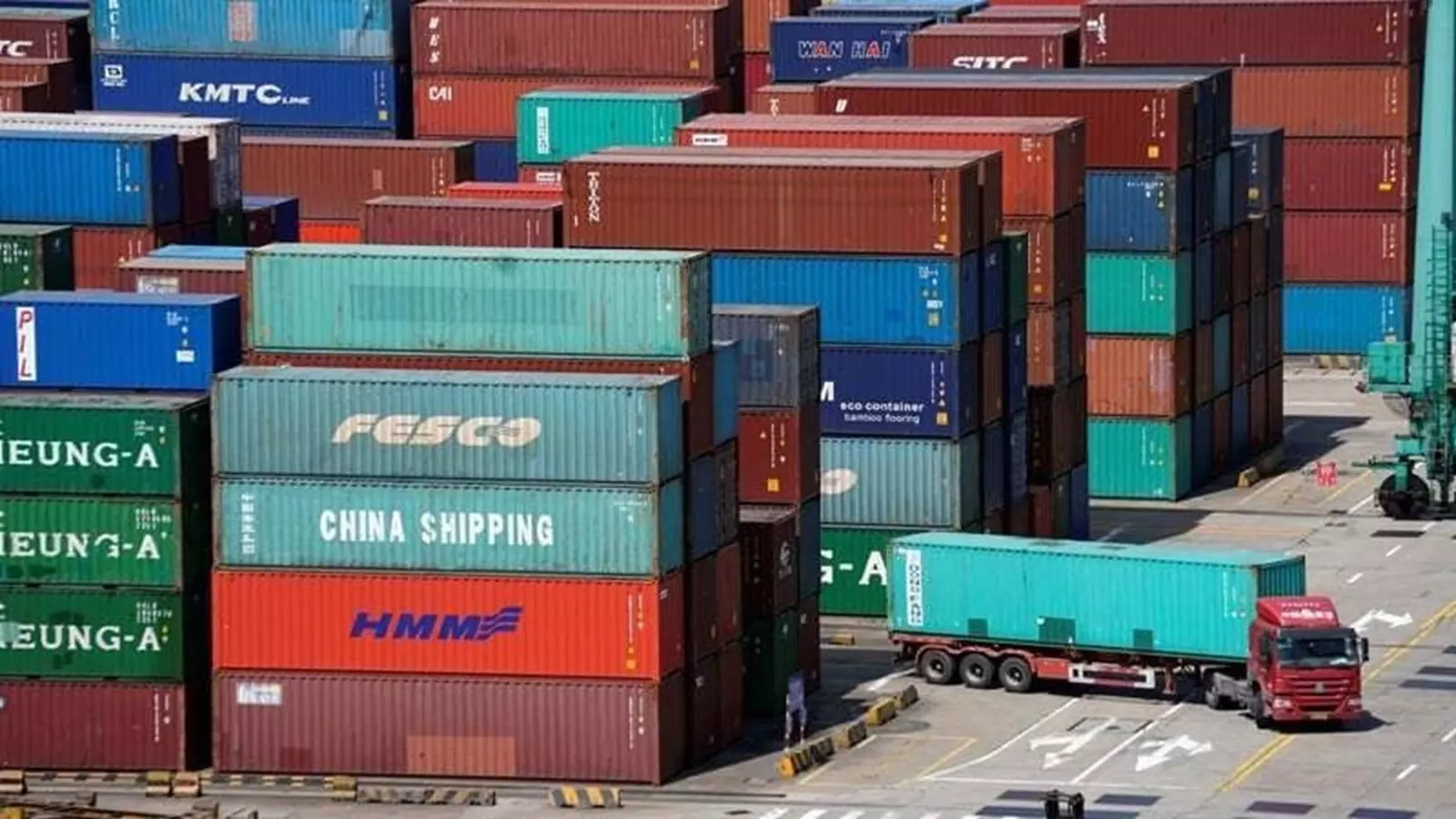
Pakistan's trade deficit has surged to $9.4 billion in the first quarter (July–September) of the 2025–26 fiscal year, primarily due to a slowdown in the textile sector and a significant drop in rice exports. According to data from the Pakistan Bureau of Statistics, exports decreased by 3.88%, totaling $7.6 billion, compared to $7.9 billion during the same period last year. This decline is attributed to reduced demand and challenges in the global market.
The textile industry, a cornerstone of Pakistan's economy, experienced a 5.63% increase in exports during the first quarter. However, this growth was overshadowed by declines in other sub-sectors. Notably, cotton cloth exports fell by 14%, and raw cotton exports remained stagnant. Concurrently, rice exports plummeted by 42%, with Basmati rice exports declining by 43.64% and other varieties like IRRI-6 and IRRI-9 dropping by 41.10% year-on-year.
Imports during the same period rose by 13.9%, reaching $17 billion, up from $14.95 billion in the previous year. This increase is largely due to higher costs in essential commodities such as petroleum products, palm oil, and mobile phones. The surge in imports, coupled with declining exports, has exacerbated the trade deficit, putting additional pressure on Pakistan's foreign exchange reserves and the value of the Pakistani rupee.
The widening trade deficit poses significant challenges to Pakistan's economic stability. It affects the country's ability to meet international obligations and can lead to inflationary pressures. Experts suggest that addressing structural issues within key export sectors, particularly textiles and agriculture, and implementing policies to boost export competitiveness are crucial for reversing the current trend and achieving a balanced trade position.
01:30 PM, Oct 16
Source : Pakistan's Q1 Trade Deficit Soars to $9.4 Billion Amid Declining Exports

Mushroom Based Insulation Offers New Life for Europes Textile Waste
02:41 PM, Dec 25.webp)
Mild Winter Chills the Mood of Apparel Markets across North India
11:24 AM, Dec 25


.webp)

1.webp)

1.webp)




1.webp)



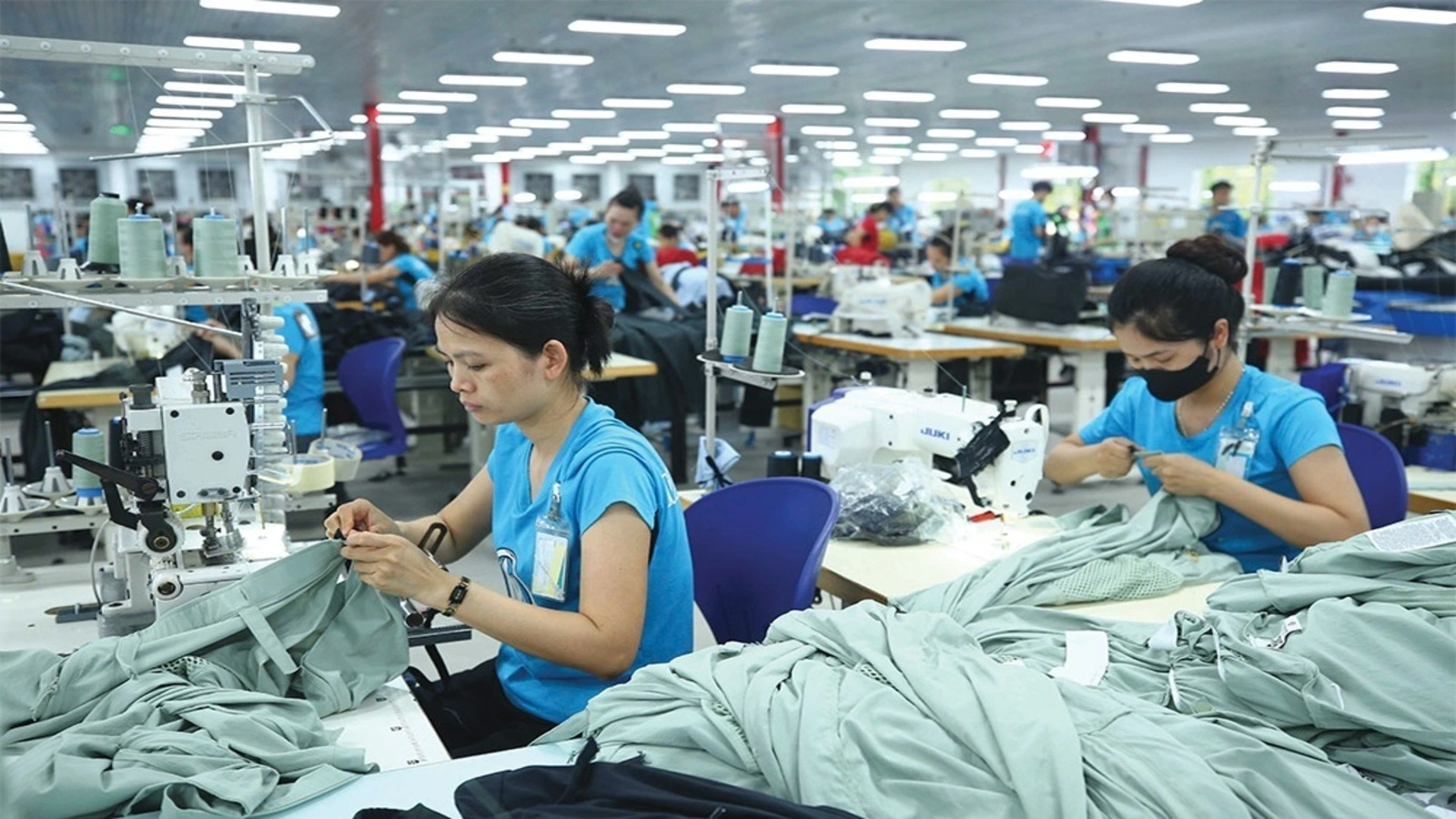
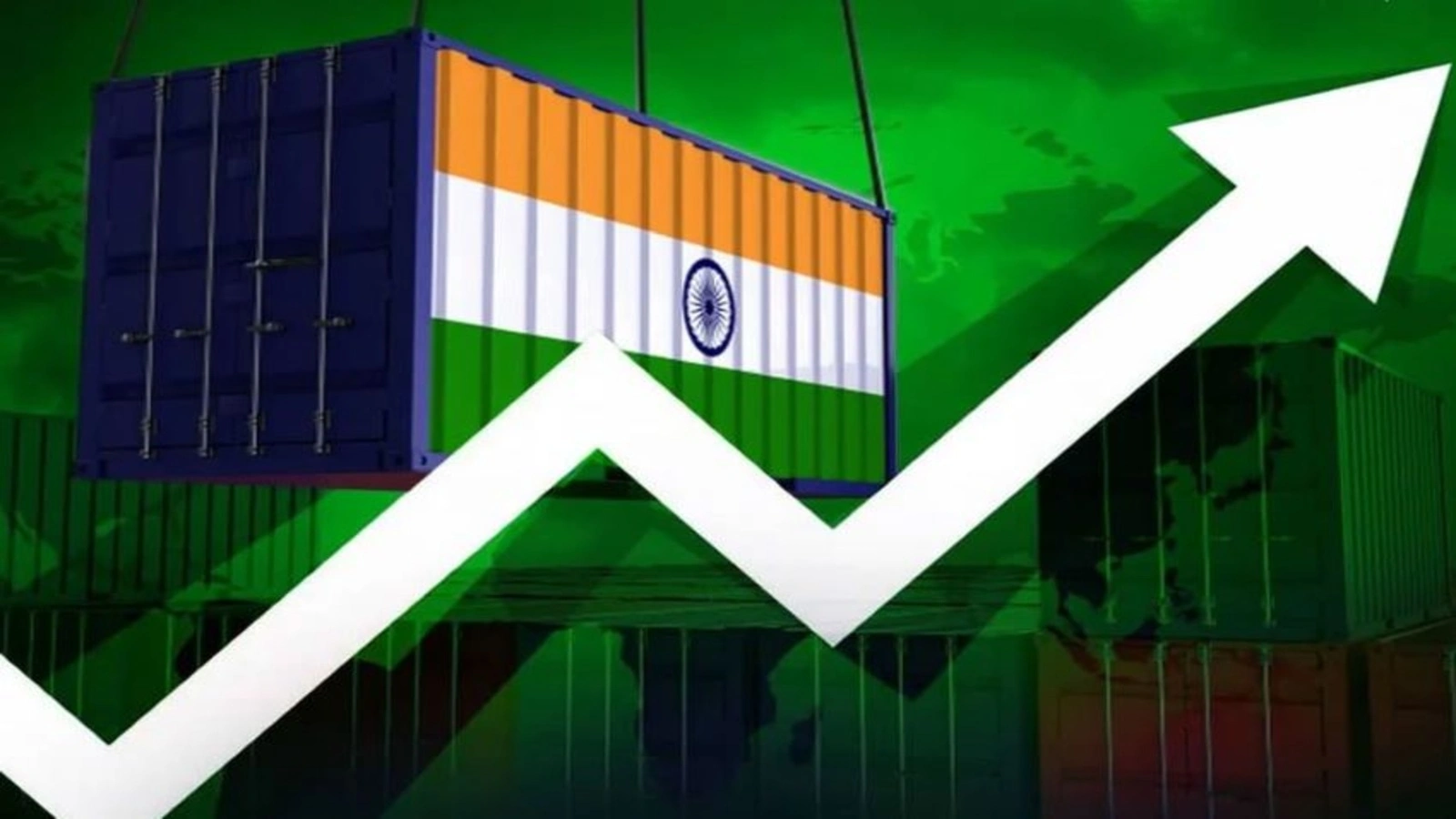


1.webp)




1.webp)



1.webp)
1.webp)
1.webp)


1.webp)
1.webp)

1.webp)

.webp)



1.webp)


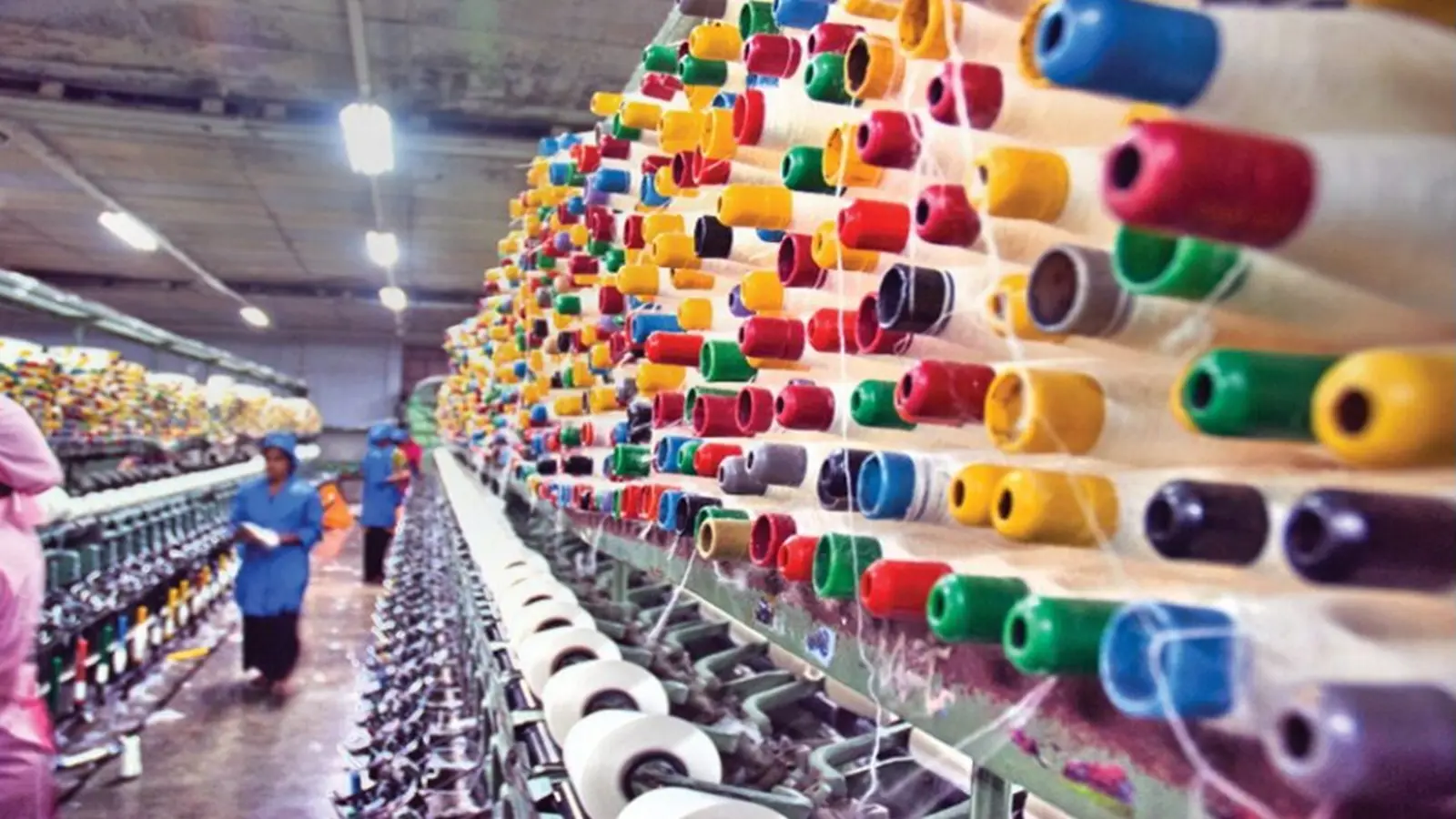
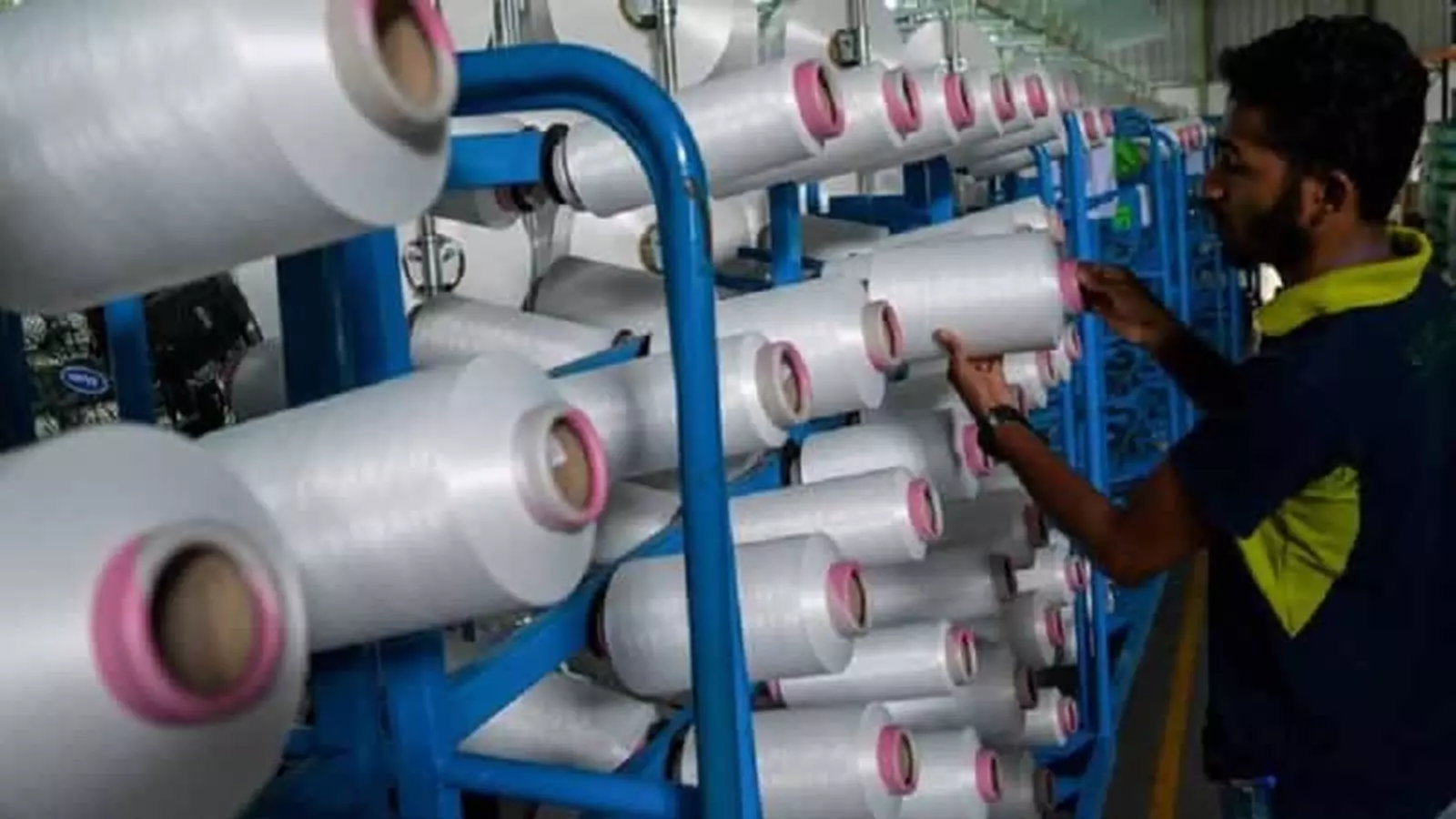

1.webp)








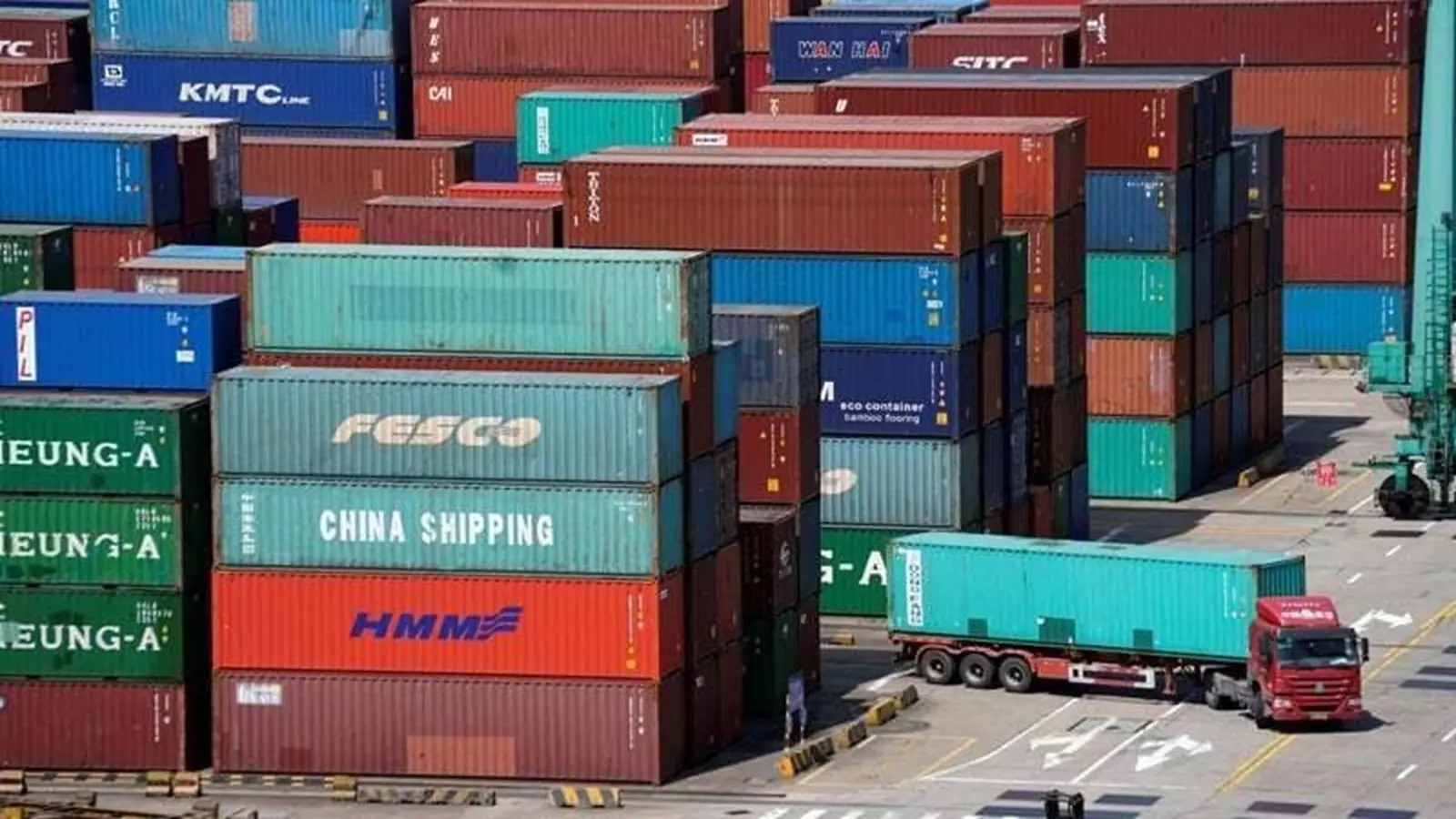
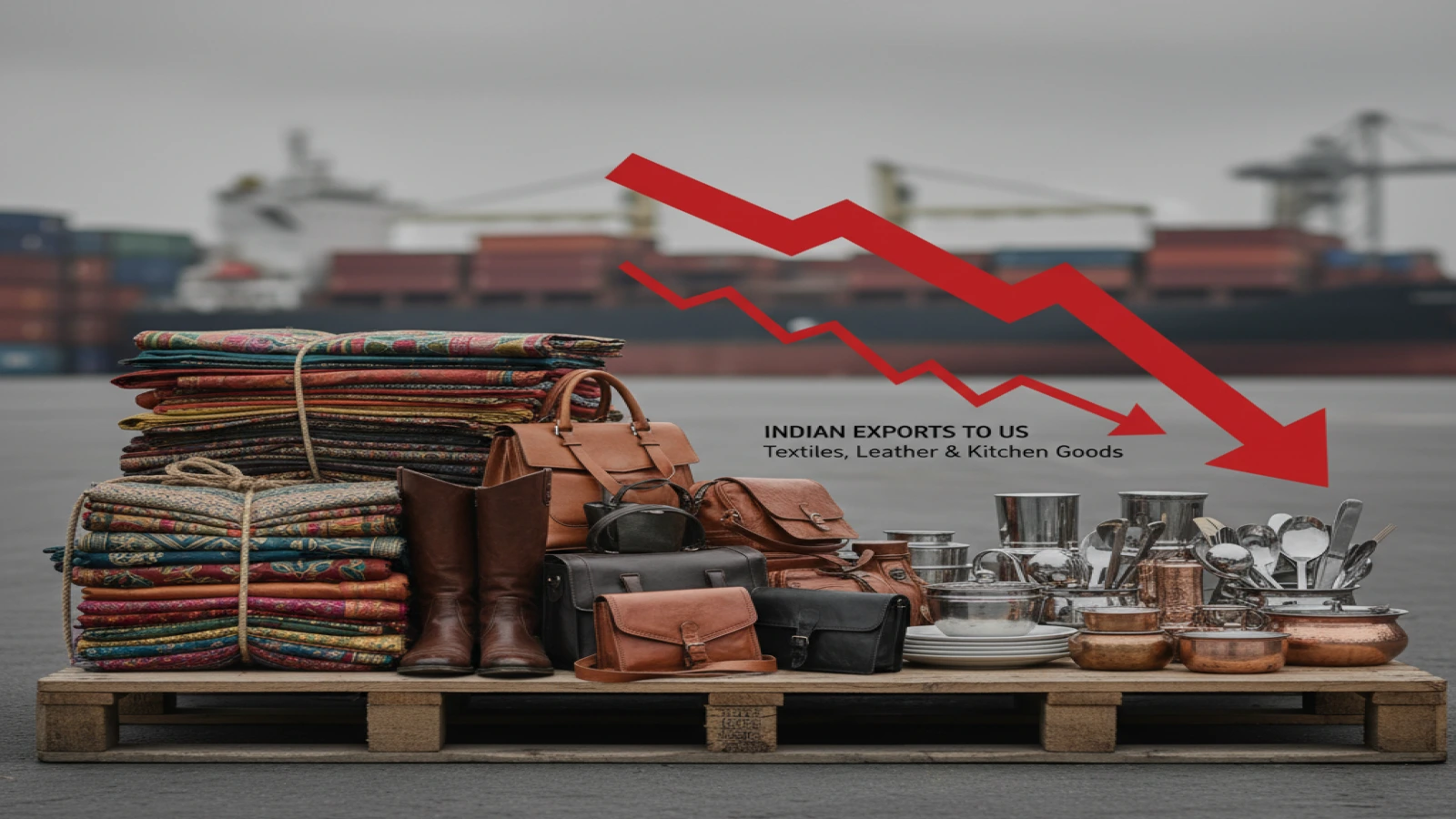



1.webp)
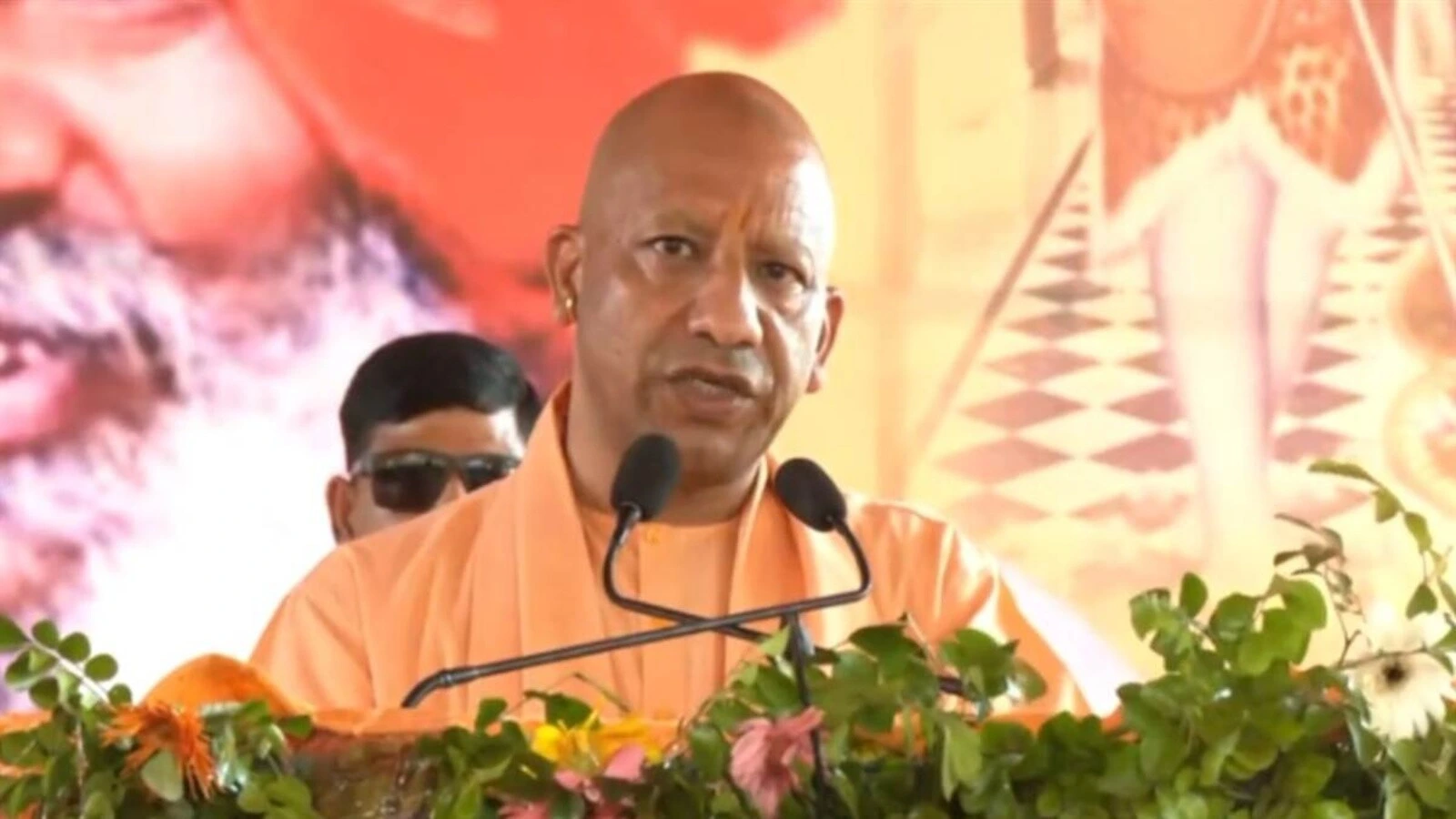










1.webp)

1.webp)



























.webp)






















































.png)





.jpg)















1.jpeg)
